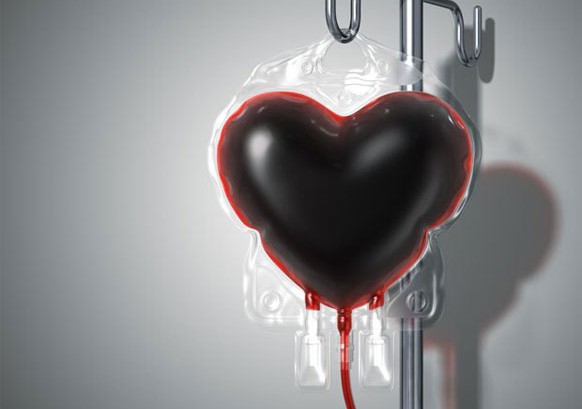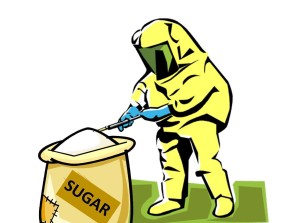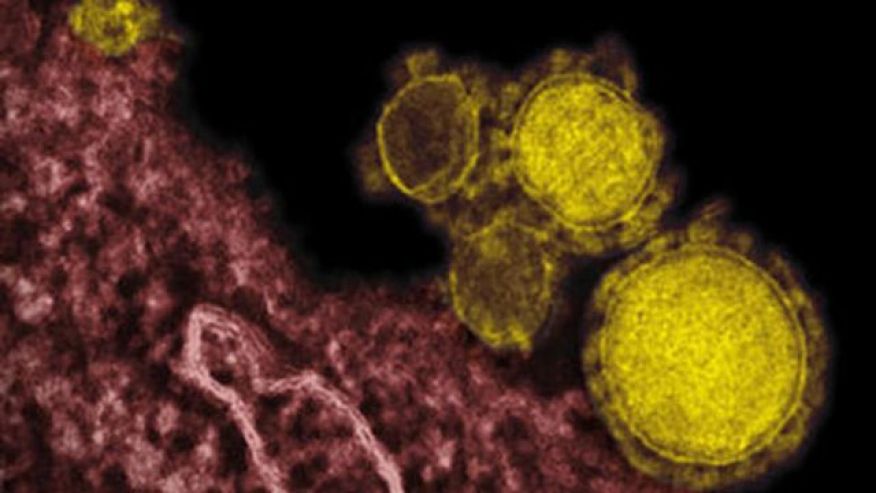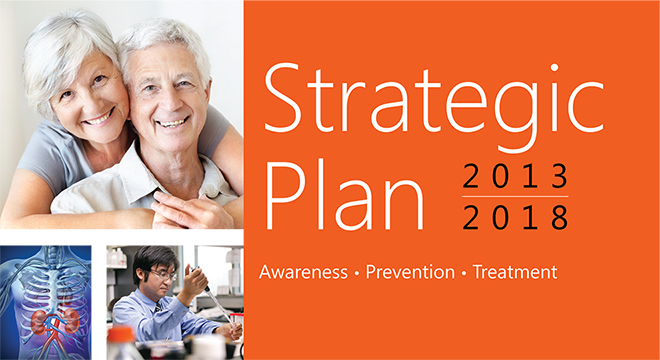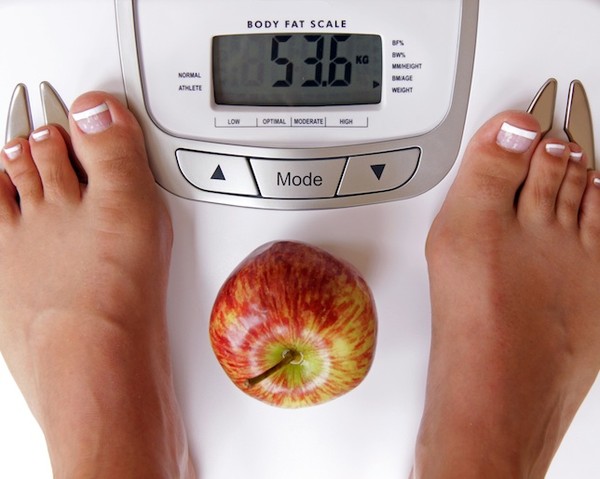Three Unexpected Benefits of Donating Blood
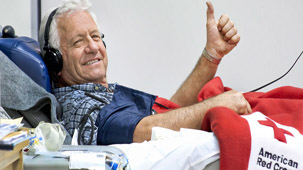
Most folks who end up donating blood do it because they want to help others. And that is fantastic. Doing so just once may actually help save the lives of up to three people. But still, the percentage of the US population that actually does donate blood is very low, with less than ten percent making a donation every year.
So why don’t more people donate? Don’t most of us have a desire to help others? Something as seemingly innocuous as spending thirty minutes donating blood to save three human life forms sounds like a deed of extraordinary effect, doesn’t it? No question, it is, but unfortunately a great many claim to have never given it a thought, for they were too busy; others, that they just don’t like needles. Whether the responses are a prevarication or are genuine, the fact is that most just prefer not to do it.
However, it may just be time for folks to reconsider their choice to forgo donating blood, because recent studies tell us that giving blood may not just help others, but it may help the one donating as well.
The Benefits of Giving Blood
Every two seconds, there is someone living in the United States that needs blood, so if you are up for doing some good out there, donating blood can be a fantastic choice. Over forty-thousand blood donations are needed every single day. We all know the altruistic reasons for wanting to give blood, but what about these other health-related reasons that are beginning to surface?
Donating Blood Balances Your Iron Levels
Many doctors and health experts say that this is by far the most important reason for wanting to donate blood. For each unit of blood donated, a person loses close to one-quarter of a gram of iron.
At first, you may consider this a bad thing, as too little iron can lead to listlessness, a weakened immunity, or anemia, which can be serious if not tended to. This is most prevalent in young children and premenopausal women.
But what many people have yet to recognize is that too much iron can be far worse, and is surprisingly far more common than iron deficiency. So for many folks, the very fact that donating blood can help your body get rid of excess iron is a prodigious health benefit. It was discovered long ago that menstruating women suffer fewer heart attacks, which was first thought to be due to hormonal reasons, but now we know that it is due to lower iron levels. Like the premenopausal women, blood donors have been found to be close to eighty-eight percent less likely to suffer from a heart failure.
Donating Blood Improves Blood Flow
Are you at all aware what a sugar-rich diet, tobacco, radio frequencies & electromagnetic radiation, high cholesterol, high uric acid levels, and stress do to your blood?
They all make your blood very thick and slow moving, which ups the chances of a blood clot or a stroke. The thickening of blood also causes inflammation, because when your blood just doesn’t flow well, oxygen cannot reach your tissues.
For instance, many of the early birth control pills were notorious for causing heart failures. The reason was that the synthetic estrogens increased blood viscosity.
Blood donations on a regular basis will lead to a better blood flow, which will limit the damage to the actual lining of blood vessels. This, in turn, should result in fewer blockages in the arteries.
Donating Blood Means You Get A Miniature Physical
Every single blood donor gets a miniature physical prior to ever donating. Your temperature will be checked, as well as your blood pressure, pulse and hemoglobin. Also, your blood will be checked to make sure you don’t have any infectious diseases – diseases like syphilis, HIV, and Hepatitis.
Factors That Increase Risk of Iron Overload
A very common cause of excess iron is the regular intake of alcohol, which will increase the absorption of any iron in one’s body. Drinking wine with a steak is a bad combination. You will most definitely be absorbing more iron than is necessary. Some other potential causes of high iron levels are:
- Cooking in pots and pans made of iron.
- Eating foods that are fortified with iron. The majority of breads that are fortified with iron use inorganic iron, which is a lot worse for your health that the excess iron in meat, because inorganic iron does not rust.
- Drinking well water that has a lot of iron in it. This is a great problem, but one which can be resolved simply by using a reverse osmosis water filter.
- Taking a bevy of vitamin and mineral supplements. Many of these supplements are very high in iron.
If you find out that your iron levels are high, the best way to remedy this is to donate blood. It is the safest, cheapest, most effective way to improve your health.
